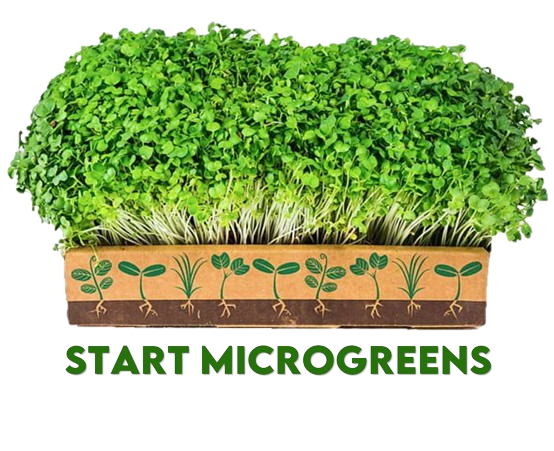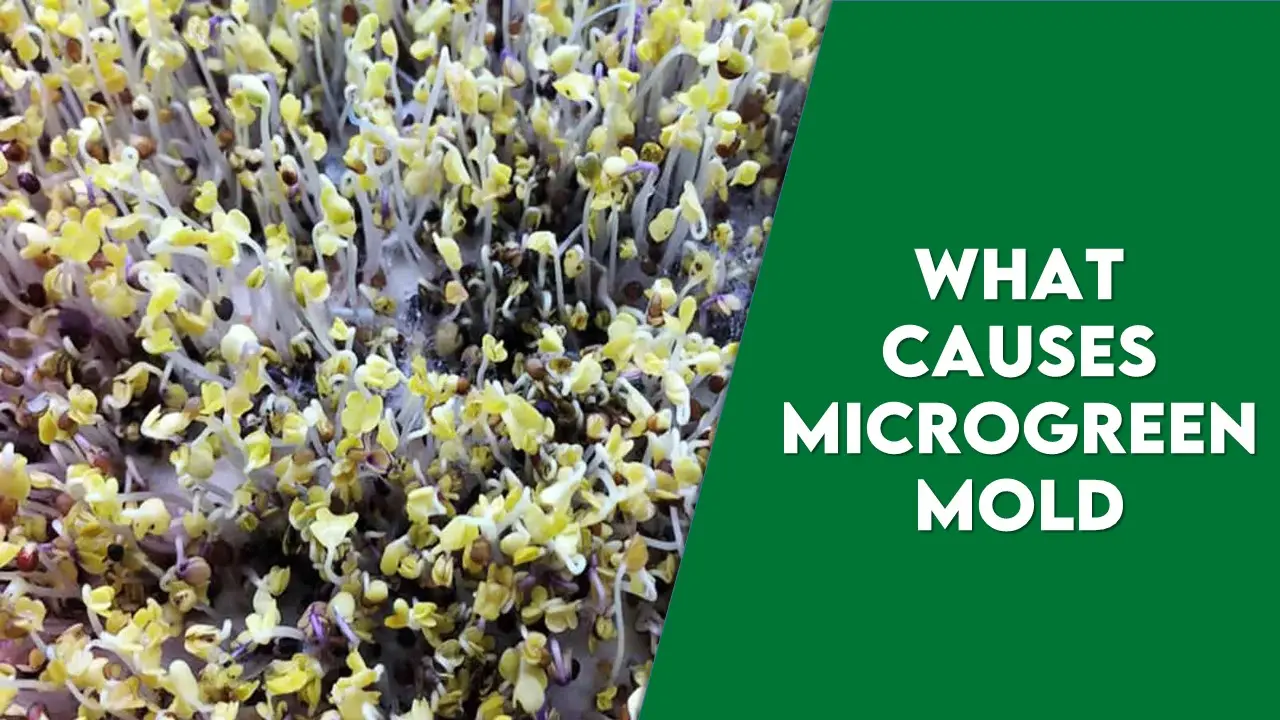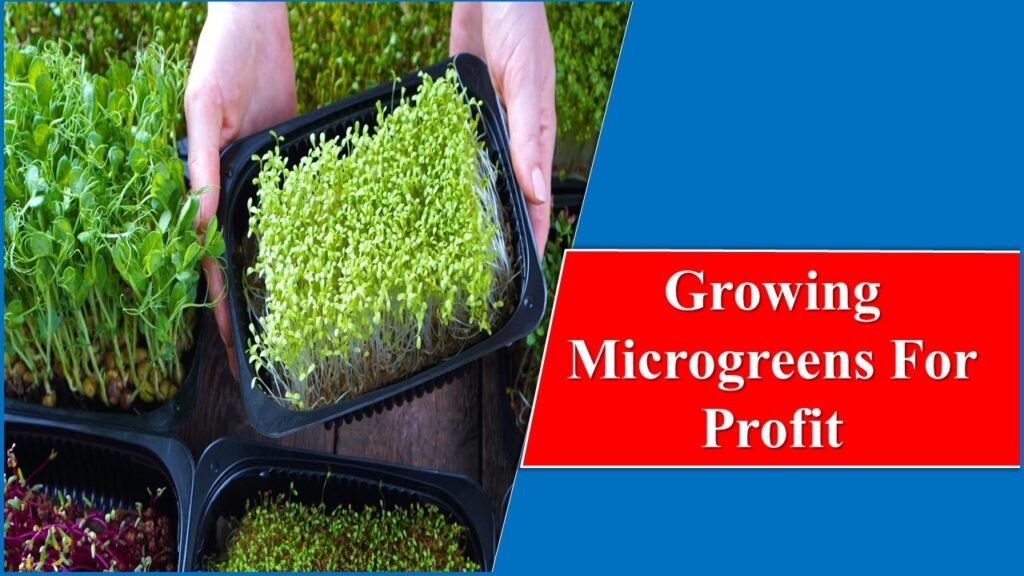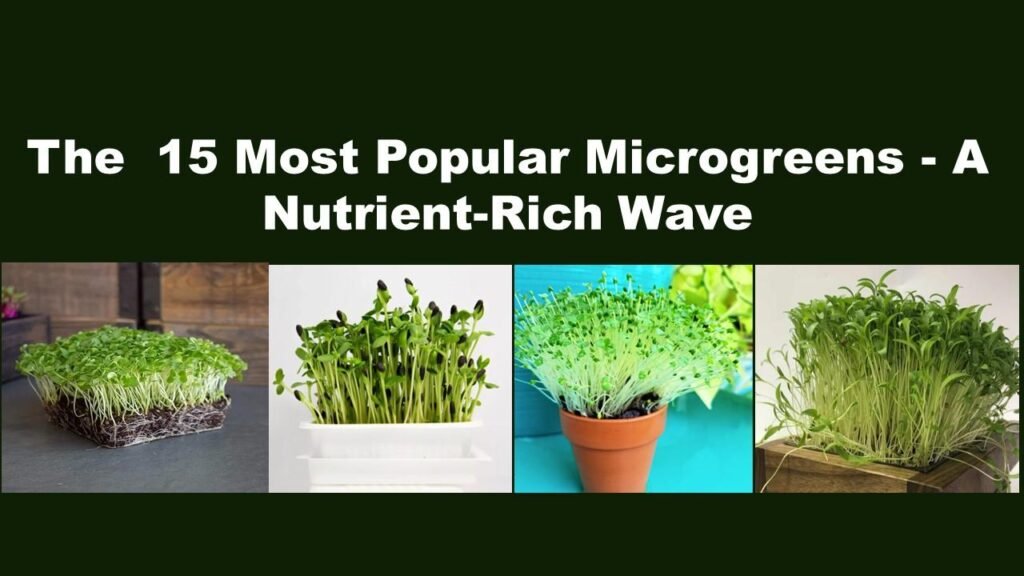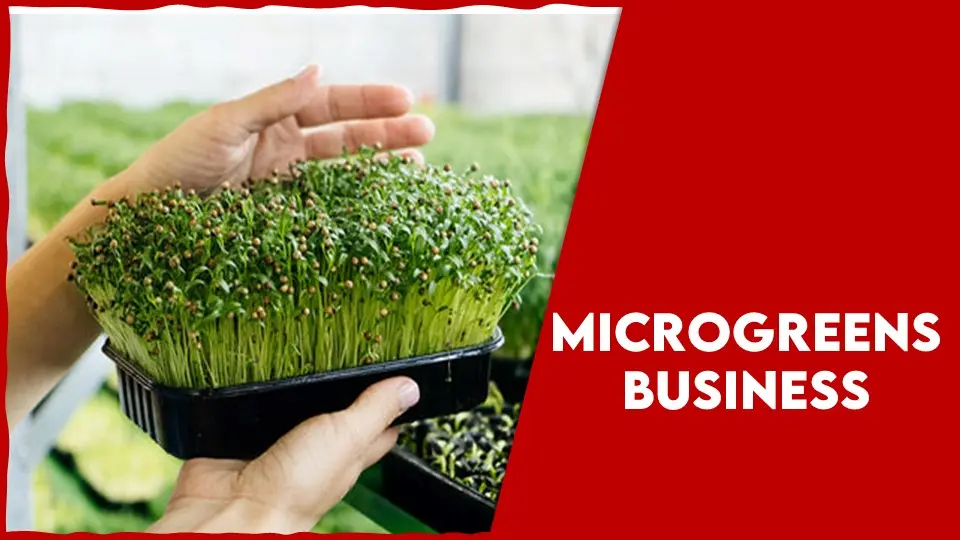What Causes Microgreen Mold – A Big Threat To Microgreens
Micro-greens, tiny seedlings from vegetables or herbs that are very flavorful, colorful, and pack a punch of nutrition, have become the new ‘talk’ of the town among health-conscious and culinary enthusiasts alike. However, amidst the journey of cultivating these miniature greens lies a common adversary. The Mold, a fungus from the mold group can rapidly attack crops of microalgae even when growing in pesticide-free fields or greenhouse facilities, thus undermining the overall quality, safety, and appeal of microalgae products. Have you ever thought what causes microgreen mold?
Log on with us in the mini world of microgreens production that will give you insights into the mold which is the main challenge and will also help you find ways to successfully produce microgreens that are mold-free. Mold is a fungus that forms filaments that bundle together to form multicellular structures called hyphae. Bacteria are a genus diverse and numerous groups of very small organisms comprising in the environment both indoors and outdoors.
What causes microgreens mold? Let us find out what exactly mold is and what types usually affect the eatables.
What Is Mold?
Mold is an organism that mainly flourishes in areas that are moist and generates and grows through the air by spores. When it drops on the best environment, that is the media favorable in their growth, the spores trade this building for the mold. The mold that grows as fuzzy or powdery patches of distinct colors such as black, green, white, or even light orange are good examples of the species of mold. Indoor mold will prefer areas like walls, ceilings, floors, carpets, or any household item within the room that is condensed.
These are commonly associated with wet or water leaks or not enough air circulation. Mold spore exposure leads to allergies and breathing disorders as well as other medical conditions in people who are prone to it. Generally, molds are essential in the environment but the presence of molds in a house or on crops may result in serious health issues affecting human beings, the food safety chain, and building materials.
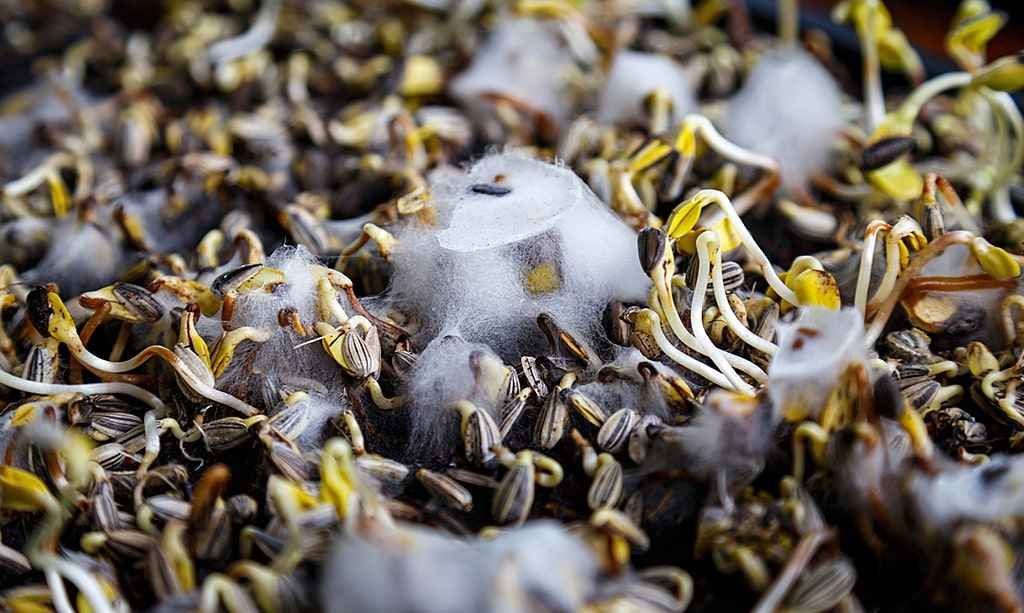
Common Types Of Mold Found During The Growth Process Of Microgreens
Rhizopus
It is one of the fast-growing molds that thrives in warm and humid conditions. It often appears as white or gray fuzz on the surface of the growing medium or the microgreen leaves.
Penicillium
Penicillium molds are commonly found in indoor environments and can contaminate microgreens if proper sanitation practices are not followed. They may appear as green, blue, or white patches on the surface of the growing medium or on the microgreen leaves.
Aspergillus
Aspergillus molds are often found in damp and poorly ventilated environments. They produce some harmful compounds called mycotoxins. These can be harmful when inhaled or ingested without notice. Aspergillus may appear as yellow, green, or black spots on the microgreen leaves.
Fusarium
Fusarium molds can contaminate microgreens if the growing medium becomes waterlogged. They may appear as pink, white, or purple growth on the surface of the growing medium or the microgreen leaves.
Botrytis
Botrytis molds thrive in cool and humid conditions. They may appear as gray or brown fuzzy growth on the microgreen leaves, particularly if the growing environment is too damp.
What Causes Microgreen Mold?
Moisture
Mold grows only in conditions moist enough for it to survive. Excessiveness of water due to reasons that are leaks, high humidity, or condensation creates a perfect condition for mold spores to be aimed.
Warmth
A great number of molds are known to enjoy mild temperatures ranging from 25C to 30C. The mold growth that usually becomes more frequently seen in cooler temperatures grows very fast and reproduces quickly when the temperatures are really warm too.
Poor Ventilation
Inadequate ventilation makes the air trapped in unventilated areas indoors and leads the moisture and stale air stagnation into a prime area for mold to grow. Not only sensitive places like bathrooms, kitchens, basements, and attics, but also other areas with little airflow like kitchens and basements are at higher risk for mold infestations.
Organic Matter
Chelf focuses on getting organic raw materials like wood, paper, cloth, and food remains. The combination of dust, dirt, and mold do just that together, providing a ground for the development of spores and thus the growth of mold when a source of moisture is available.
Darkness
That is while mold grows under both light and dark conditions, it can be more commonly found in dark poorly lit areas where UV light is blocked, thus enabling it to live where waste could have been used. Shadows and other constrained areas, including behind the wall, underneath the sink, and in the flexible tubing of the air conditioning systems, tend to be the preferred locations for the bloom of mold.
High Humidity
The higher the relative humidity, the closer the values are to 60% or above, the more the environment becomes suitable to the mold. These include living in places with high humidity like under damp roofs, and carrying out indoor activities such as cooking, showering, and drying laundry as these contribute to indoor humidity and often harbor mold.
Poor Maintenance
The unattended buildings or the ones that are maintained distally are more likely to manifest mold growth. Lack of proceeding cleaning, repairs of water leaks, and preventive regulative of HVAC systems can inevitably lead to the formation of molds with a time extension.
Water Damage
Water infiltration, leaks, floods, or plumbing problems that turn into ideal environments for mold growth will happen. The readily absorbent porous materials such as drywall, carpeting, insulation, wooden flooring, and any other such material if dry walls and ceiling are removed, then for instance, these materials can be home to colonization of mold, if they are not properly dried and remediated.
How To Protect Microgreens From Mold Attack
What causes microgreen mold? Is it inadequate ventilation or excess moisture or is there any thing else?
Proper Ventilation
Ensure adequate airflow around microgreens trays by using fans or opening windows. Proper ventilation helps in reducing the humidity levels and prevent the buildup of moisture by creating less favorable conditions for mold growth.
Moisture Management
Avoid overwatering microgreens trays, as excess moisture can promote mold growth. Water from the bottom or use a misting bottle to keep the growing medium evenly moist without saturating it. Ensure proper drainage to prevent water from pooling at the bottom of the trays.
Sanitation
Keep growing trays, utensils, and growing areas clean and free from debris to minimize mold contamination. Regularly sanitize trays and equipment with a mild bleach solution or hydrogen peroxide to kill mold spores and prevent their spread.
Quality Seeds and Soil
Start with high-quality seeds sourced from reputable suppliers, and use a sterile growing medium to minimize the risk of mold contamination. Ensure that the growing medium is well-draining and free from pathogens that could promote mold growth.
Monitor Environmental Conditions
Regularly monitor temperature and humidity levels in the growing environment to ensure they fall within optimal ranges for microgreen cultivation. Adjust environmental conditions as needed to maintain a healthy growing environment and prevent mold growth.
Harvest Timely
Harvest microgreens promptly when they reach the desired size, as leaving them to grow too long can increase the risk of mold growth. Use clean, sharp scissors to cut microgreens just above the soil level to minimize disturbance and prevent mold contamination.
Inspect Regularly
Conduct regular inspections of microgreen trays for signs of mold growth, such as fuzzy or discolored patches on the surface of the growing medium or leaves. Promptly remove any moldy or contaminated microgreens to prevent the spread of mold to healthy specimens.
Air Purification
Consider using air purifiers equipped with HEPA filters to remove airborne mold spores and other contaminants from the growing environment. This will help minimize the potential risk of mold infestations and will also aid in maintaining a clean and healthy indoor environment required for microgreen cultivation.
Conclusion
This is all about what causes microgreen mold. What causes microgreen mold according to you? Indeed, mold in the microgreen environment may be seen as a problem that farm owners should consider on the level of crop quality and safety, as well as productivity. Identifying the things that bring about mold growth as well as their prevention in good time is a critical point in the mold growth control strategy. Marked-up moisture, seepage through cracks, involvement of seed or soil, and inadequate sanitation rate are among the true causes of mold invasion in microgreens.
Tackling these risk factors comprehensively is the key to achieving that through correct water and air management, seeds and soil quality control, sanitation practices and regular checking of the environmental conditions of the microgreen crops growers will be able to diminish the risk of mold development.
Initially, attention to cleanliness, detailing, and proactive management by growers contributes to the achievement of environmentally controlled growing conditions, which in turn is an advocate for robust microgreen growth and at the same time moderates the potential for the growth of mold. Through preventing mold contamination, growers will provide their market with an assorted of microgreen types that are not only safe for consumption but also nutritious and good-looking.
